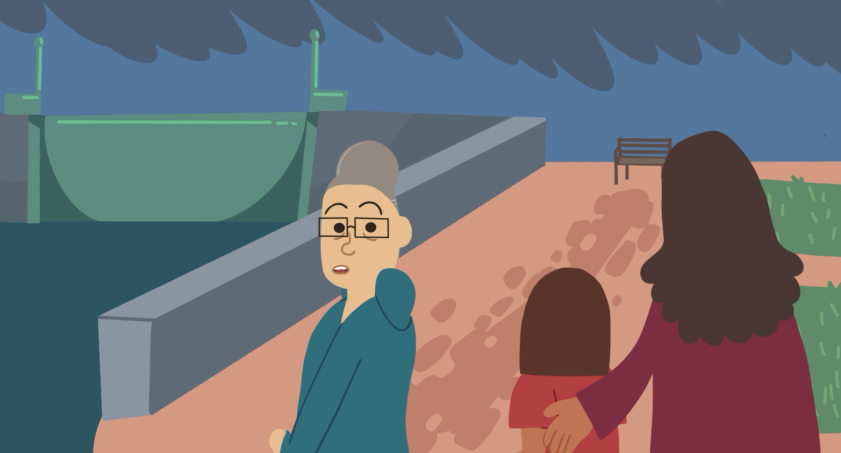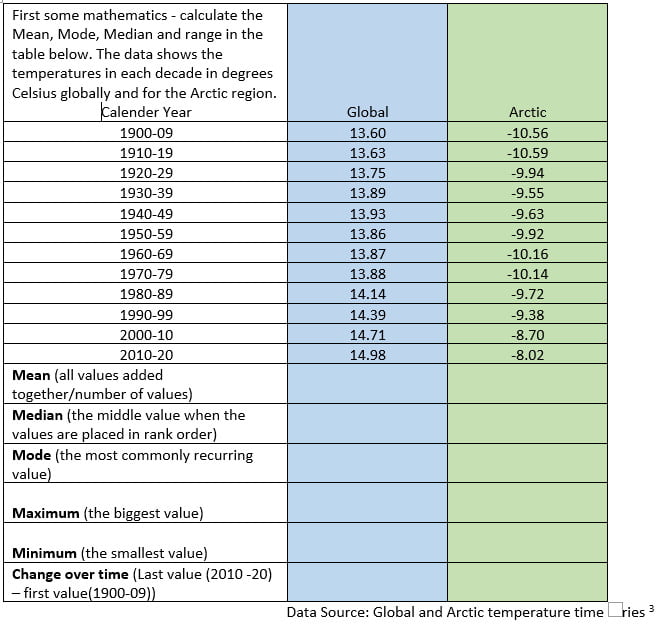Weather and Climate: a Teachers’ Guide
Pathway: Extending Weather
Hot Deserts – Anticyclones – Depressions – Microclimates
Lesson overview: In this lesson we investigate the factors which can help create a microclimate and introduce fieldwork opportunities within the school grounds.
A microclimate exists when the climate in a small area is sufficiently different to the climate in the larger area around it as to be distinct. Some microclimates are very localised, whereas others are found across relatively large areas, such as forests, coasts and upland areas. Human modification of the Earth’s surface can have unintended consequences on microclimates, but also offers tools to mitigate the effects of climate change and for active management to deliver improved food production, landscape resilience and ecosystem services. Microclimate fieldwork is easily accessible to all.
Learning objectives:
-
To understand that climate can vary over short distances.
-
To be able to define what a microclimate is.
-
To be able to explain how six major factors can contribute to the microclimate of an area.
Key Teaching Resources
About Microclimates PowerPoint
Microclimates Worksheet
Microclimates Homework
Microclimates – easier mindmap
Fieldwork Resources
Microclimates Fieldwork
Microclimates Fieldwork – example data sheet
Microclimates Fieldwork – data collection sheet
Microclimates Fieldwork – checklist
Microclimates Fieldwork – Graph analysis worksheet
Microclimates Fieldwork – Marking sheet
Teacher CPD/ Extended Reading
Read Microclimates – More for Teachers
Or watch
Alternative or Extension Resources
Extreme Heat Fieldwork and Adaptation
Using USB temperature dataloggers to investigate school microclimate
Investigating the location of official weather stations
Where would you put…? a resource using streetmap to interrogate the microclimate of a National Trust park.
Predict the microclimate graph
Year 7 Weather and climate revision placemat (with thanks to Cool Geography/ Rob Gamesby)





